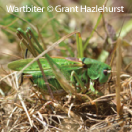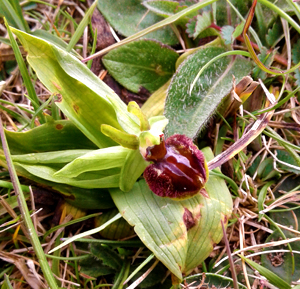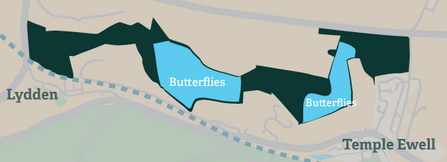
Wartbiter cricket
Lydden Temple Ewell is an 80-hectare site situated between the villages of Lydden and Temple Ewell, outside Dover. It is a National Nature Reserve, important for its ancient chalk grassland and invertebrate communities. This also includes the flightless wart-biter cricket, an endangered cricket that is the size of your thumb, and aptly named after its medicinal use for biting off warts. Surprisingly, this practice is no longer recommended!
The wart-biter cricket is only found on five other sites in the UK and Lydden Temple Ewell is a critical stronghold for this species. Despite being situated below the A2, you can easily forget how close you are to the busy roads that head towards Dover and get lost in the steep grassland slopes, with beautiful views across the valley.

